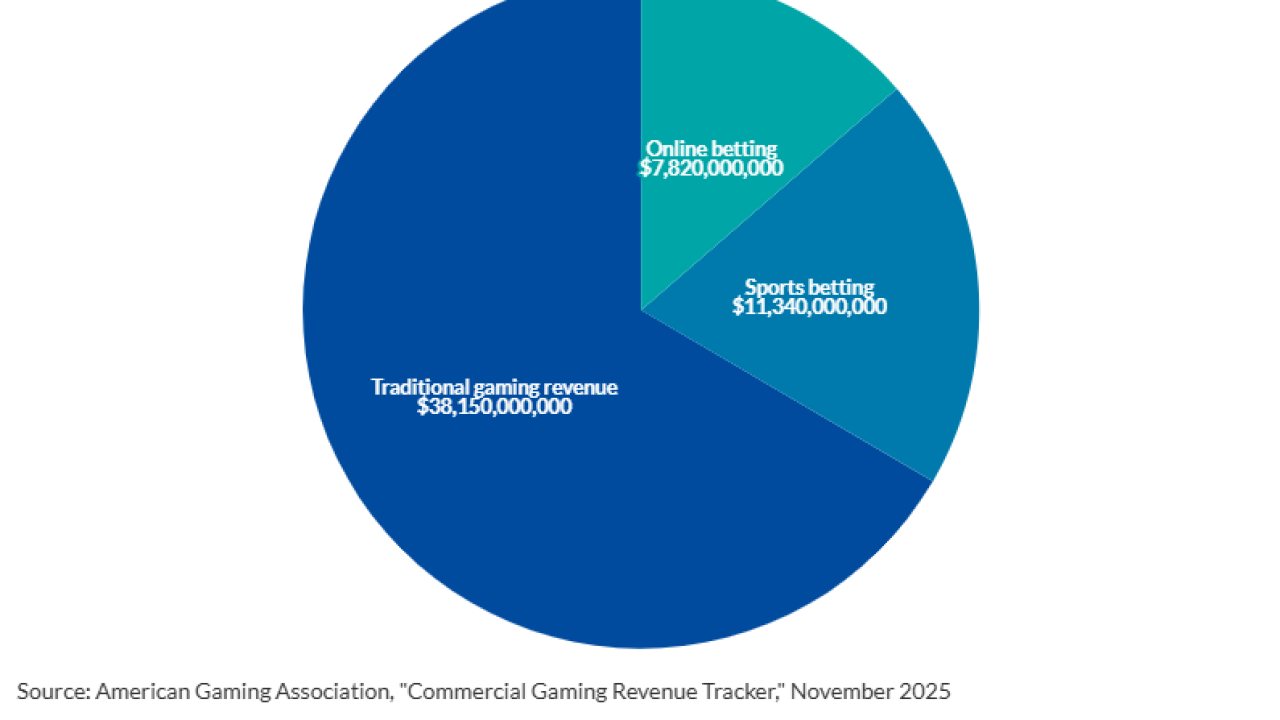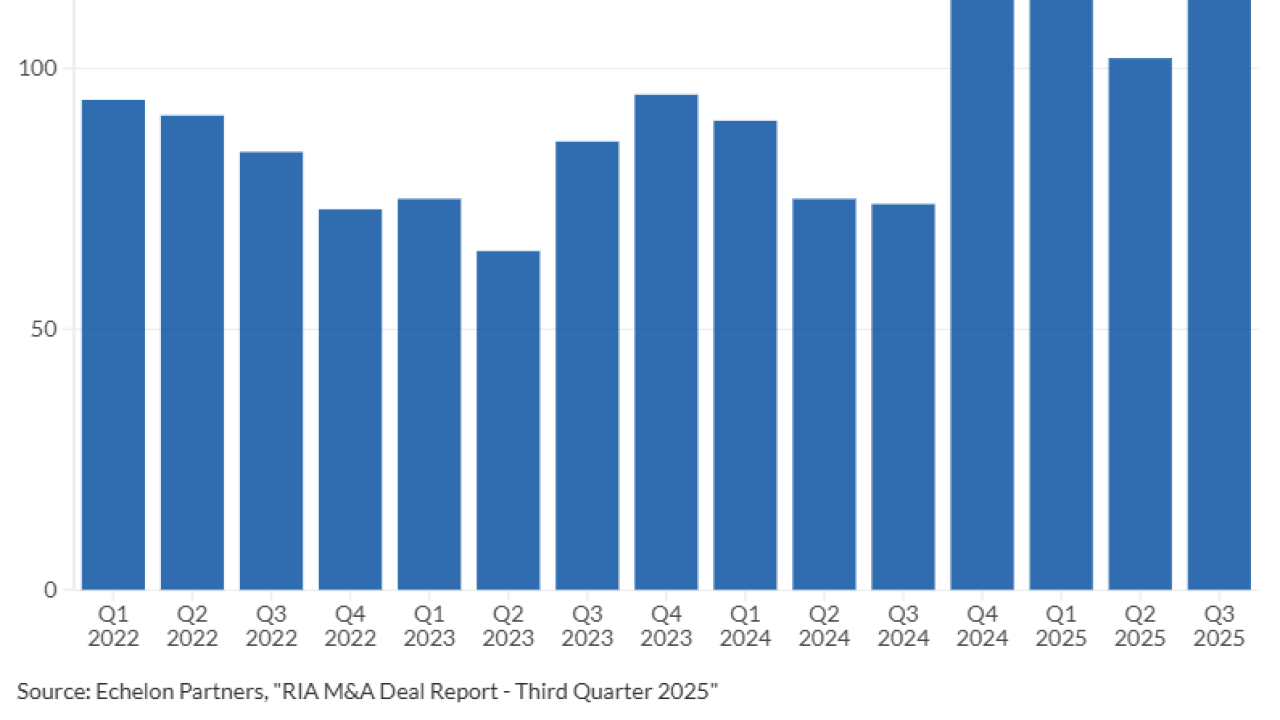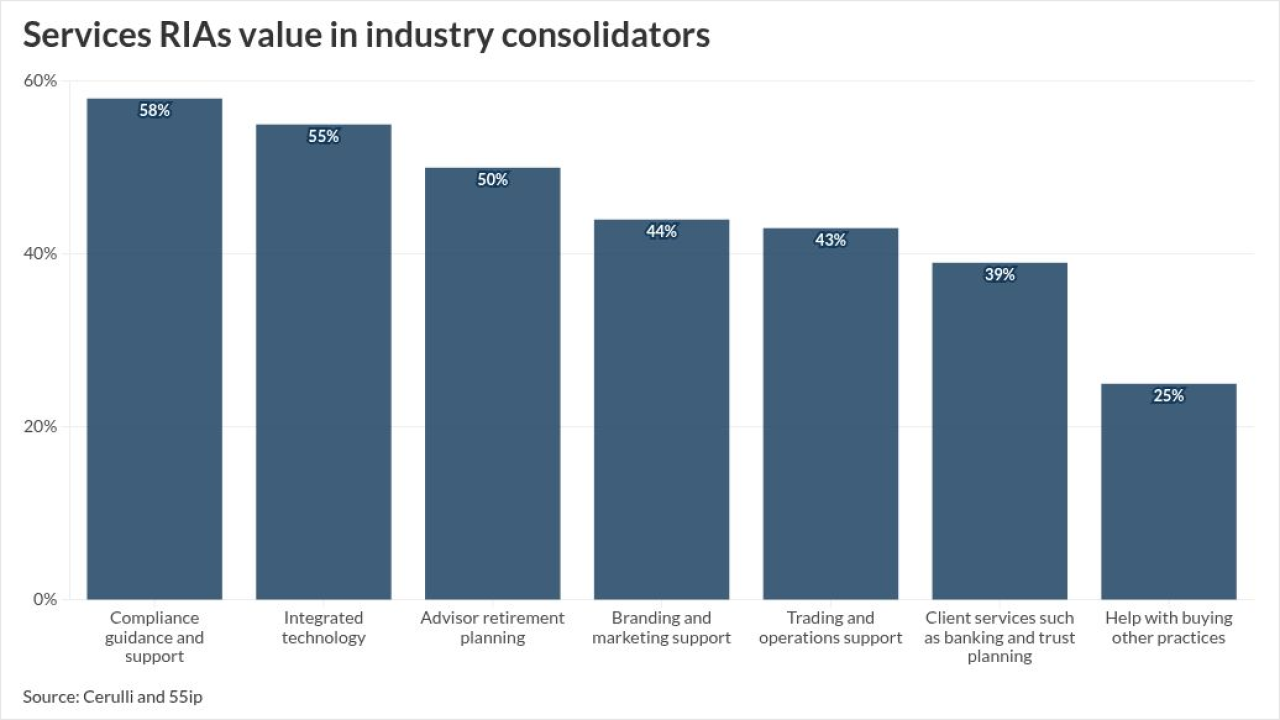Our weekly roundup of tax-related investment strategies and news your clients may be thinking about.
Taxpayers who filed for an extension should not wait until Oct. 15 to submit their returns to the IRS, according to this article in CNBC. That's because they will face a 5% penalty if they fail to meet the deadline. “You would think most people going out to Oct. 15 would be better prepared, but no — they still get it in very close to the deadline,” a CPA says.

As the standard deduction nearly doubled under the new tax law, clients who want to maximize the tax deduction for their charitable giving have the option of bunching their donations to charity, a Forbes contributor writes. Another tax-saving strategy for clients who make charitable donations is to create a non-grantor trust, which pays its own income taxes, the contributor says. Although trusts don’t get a standard deduction, "for charitable planning it means donations made by a trust don’t have to exceed the hurdle of a standard deduction to qualify."
Only 11% of employees are familiar with the benefits offered by an HSA, according to data from Bank of America in this Motley Fool article. HSAs offer tax benefits, such as pretax contributions, tax-free growth on investments and non-taxable withdrawals for qualified medical expenses. Clients can also invest their HSA savings and keep their savings as long as they want. Only clients with a high-deductible health plan are eligible to open an HSA.
Taxpayers in areas with federal disaster declarations should make the most of the tax deduction for personal casualty losses if they lost considerably from hurricanes, flooding and other disasters, according to this article in Kiplinger. To claim the tax break, clients will need to itemize deductions on their returns. They also have to subtract $100 from the total losses and deduct the balance only when it is greater than 10% of your adjusted gross income.
The average expense ratio among the top-performers is 40 basis points higher than the average.
Although a 401(k) plan and a traditional IRA are both tax-deferred savings vehicles, the latter offers greater flexibility than the former, according to this article in Money. That's because IRA withdrawals will not be subject to a 10% penalty if the funds will be used for major life and emergency expenses. Those who are considering this option should account for the tax consequences, as the withdrawal will still be taxed as ordinary income.






